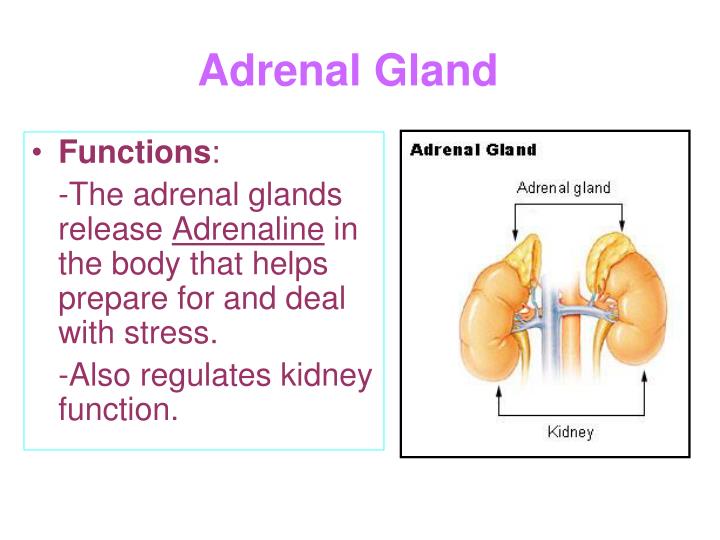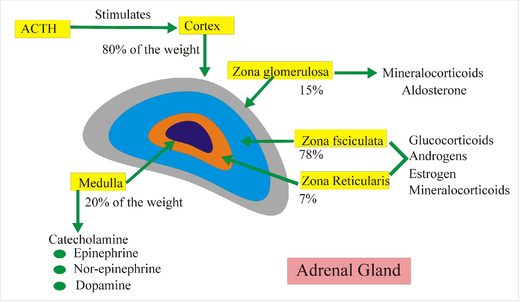

POMC is also a precursor to Melanocyte Stimulating Hormone (MSH), causes darkening of skin. The decrease in cortisol leads to an increase in ACTH via negative feedback.ĪCTH stems from a precursor molecule called pro-opiomelanocortin (POMC). This can be explained via the hypothalamic – pituitary – adrenal (HPA) axis. This in turn causes hypotension and anorexia, in contrast to hypertension and truncal obesity in Cushing’s disease.Ī unique symptom of Addison’s disease is hyperpigmentation, particularly in the creases of the hand and in the mouth. Whereas Cushing’s disease is due to an excess of cortisol, Addison’s disease is due to a lack of cortisol, commonly due to autoimmune destruction of the adrenal corte x.

In the Zona Fasciculata, the enzyme 11β-hydroxylase catalyses the final step of the reaction that forms Cortisol and Corticosterone.Īdditionally the secretion of cortisol follows a diurnal pattern with more being secreted in the mornings.Īddison’s disease is the opposite disease to Cushing’s disease in many ways. It is the presence or lack of specific enzymes in each Zona that determines which hormones are secreted. The metabolites of the synthesis pathway are moved in and out of the mitochondria, the smooth endoplasmic reticulum and the cytoplasm. Cholesterol can then be converted to a steroid called Pregnenolone via an enzyme of the cytochrome P450 superfamily called cholesterol desmolase.įrom Pregnenolone, all the major secreted mineralocorticoids, glucocorticoids and androgens can be synthesised in a multi-step enzyme-assisted pathway.

The first step is initiated by the actions of ACTH and Angiotensin II activating adenylyl cyclase and phospholipase C respectively. Cholesterol is the major precursor for all steroids secreted. The synthesis pathway of the steroids secreted by the Zonas of the adrenal gland is complex.


 0 kommentar(er)
0 kommentar(er)
